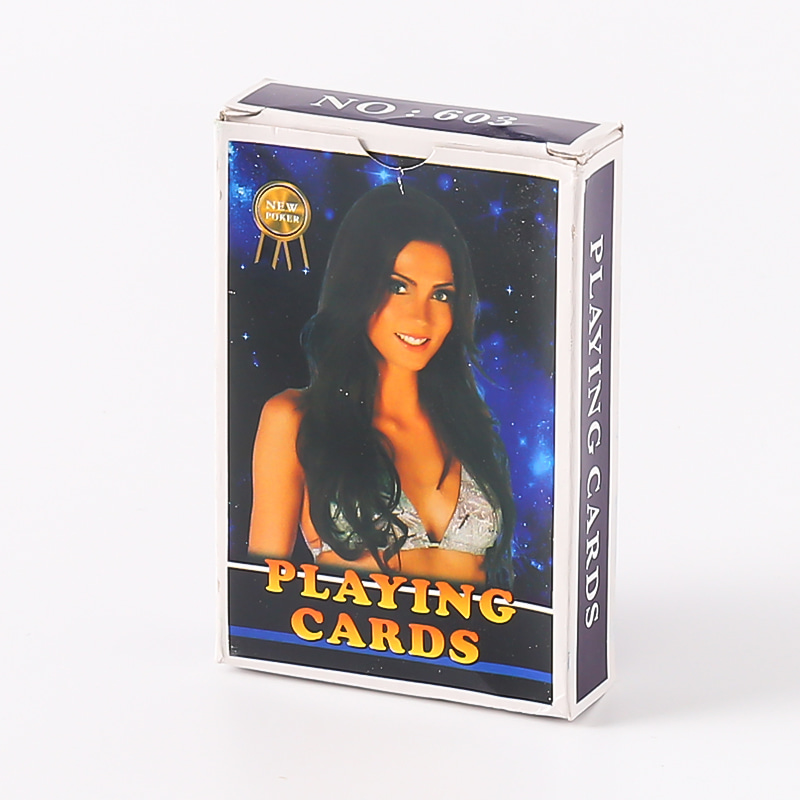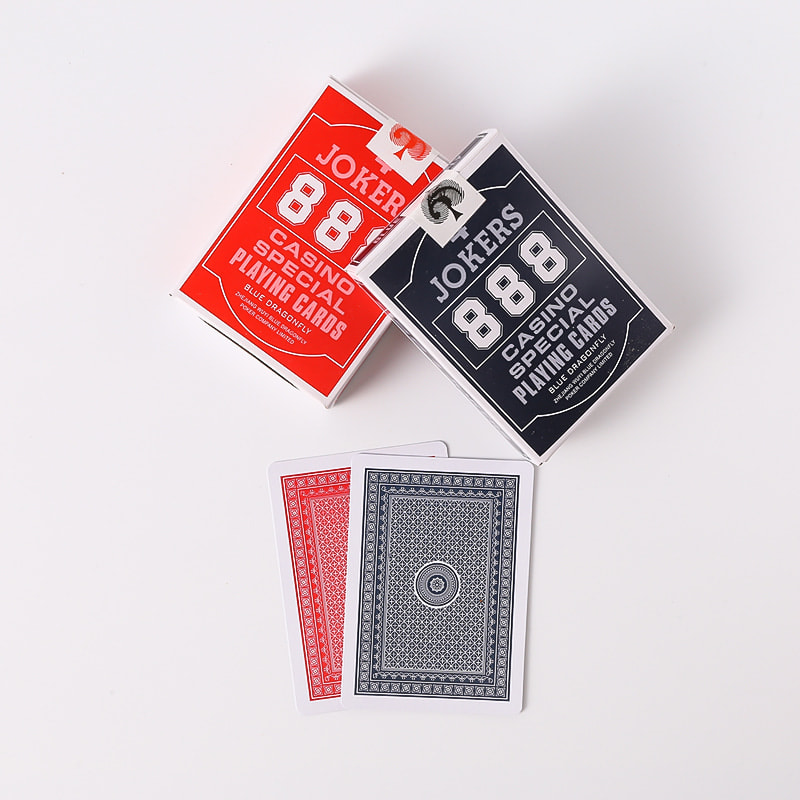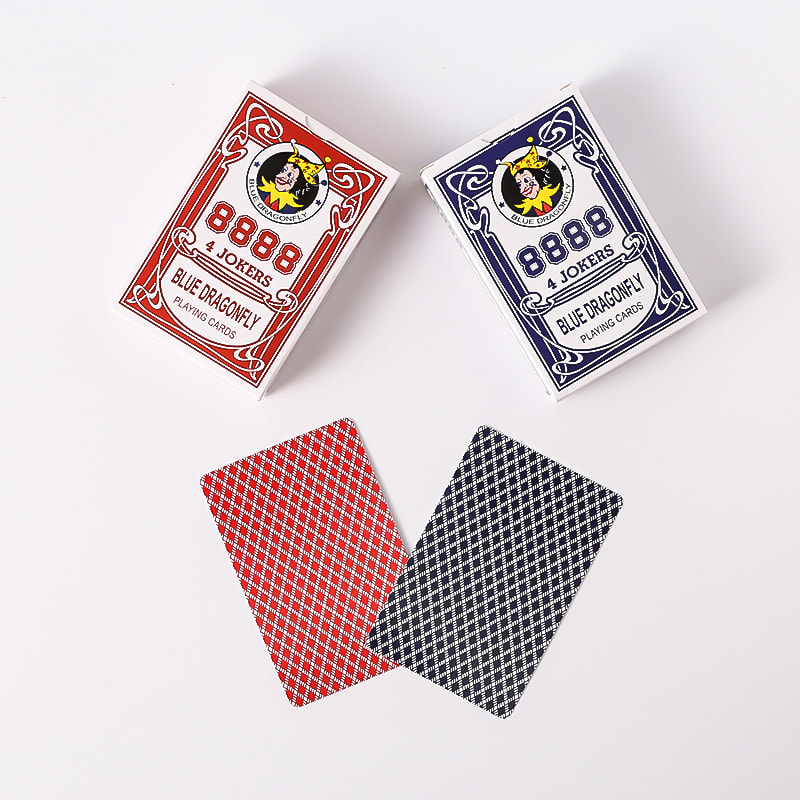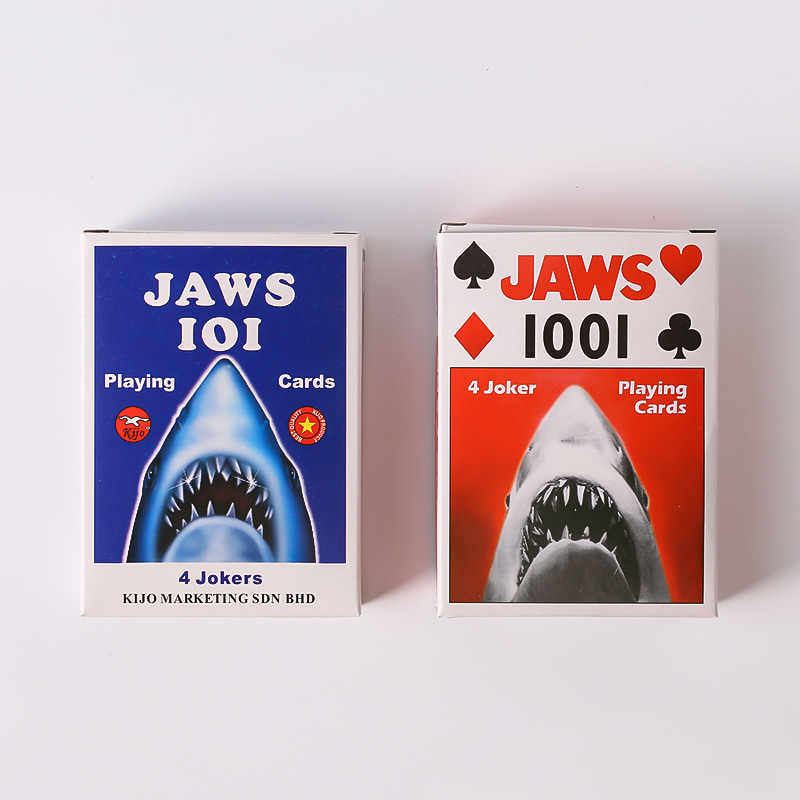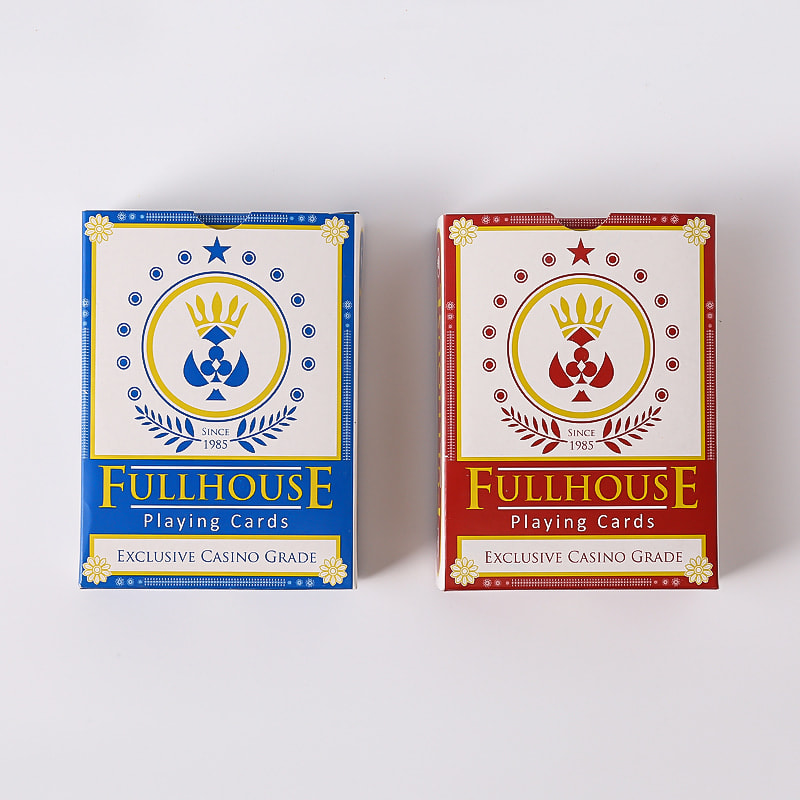Web Menu
Product Search
Exit Menu
Analyzing Paper Jam and Overlapping Risks During the Playing Cards Making Machine Operation
Paper Handling: A Key Factor in Production Stability
In the high-speed environment of card manufacturing, equipment efficiency and product consistency rely heavily on reliable material handling. One of the common concerns for operators using a Playing Cards Making Machine is whether it is prone to issues such as paper jamming or sheet overlapping. These problems can interrupt production, reduce output quality, and cause material waste. Understanding the causes and prevention methods is essential to ensure smooth operation and long-term reliability.
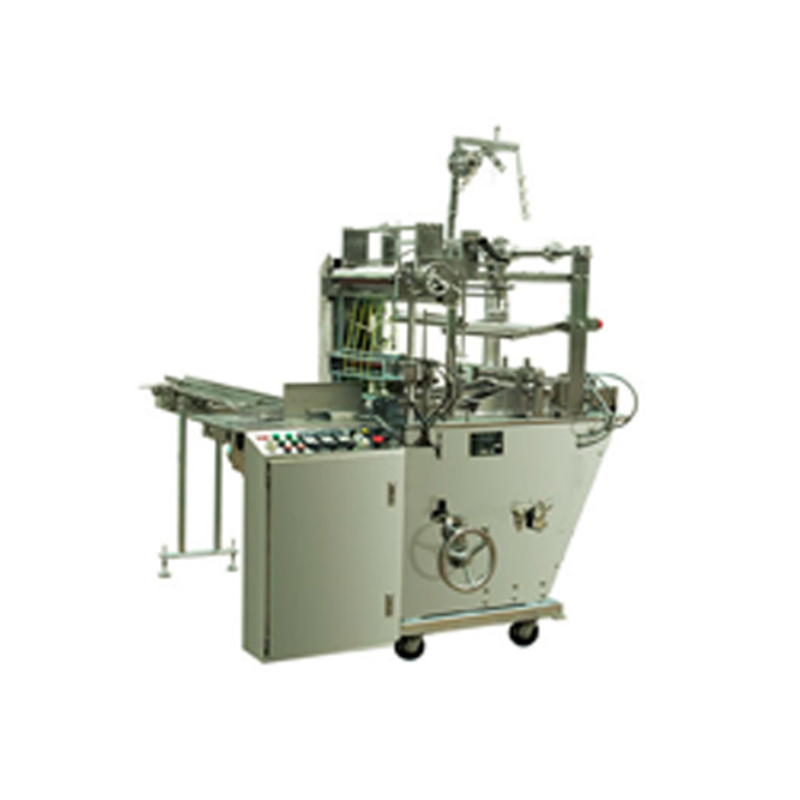
How Paper Jams Occur in Card Production
Paper jams typically result from inconsistencies in paper feeding, misaligned sheets, or faulty sensors. In a Playing Cards Making Machine, automatic feeding systems must synchronize with downstream processes like printing, cutting, and stacking. If the sheet feeder pulls in multiple sheets at once, or if a sheet is not properly aligned when entering the machine, it can get caught between rollers or block other components. Worn-out feeding rollers, uneven paper edges, or incorrect paper sizes also increase the likelihood of jamming.
Overlapping Sheets and Their Operational Impact
Overlapping, often caused by double-feeding or static buildup between sheets, is another critical problem. When two or more sheets enter the machine simultaneously, the registration marks used for precise printing alignment may not match the actual sheet positions. This results in misprinted cards or cutting in the wrong areas, compromising product quality. Overlaps can also cause tension inconsistencies in the feeding mechanism, causing skipped cycles or roller slippage that slows down production.
Machine Design and Anti-Jamming Features
Modern Playing Making Machines are engineered with advanced features to reduce these risks. Precision feed rollers, vacuum sheet separators, and anti-static devices help ensure single-sheet feeding. Some machines incorporate ultrasonic or infrared sensors to detect double-sheet feeding and automatically stop the system if irregularities occur. Adjustable feeding trays and guides allow operators to tailor the machine to the exact paper thickness and dimensions, reducing misfeeds and overlaps significantly.
Role of Material Quality and Environmental Conditions
The quality of the paper or cardstock used also plays a major role in minimizing operational issues. Sheets that are too thin, curled, or affected by humidity may cling together or feed inconsistently. High-quality playing card stock with anti-curl coatings and consistent thickness is less likely to cause jamming or overlapping. Additionally, maintaining a controlled environment—moderate temperature and humidity—helps stabilize paper characteristics and improve feeding precision.
Operator Practices and Preventive Maintenance
Skilled machine operators are essential in identifying and preventing potential issues before they affect production. Routine checks on roller alignment, feeding belts, and separator pads help detect early signs of wear. Keeping sensors clean and ensuring that paper stacks are properly fanned before loading can further reduce risks. Many production facilities also conduct test runs or calibration cycles at the beginning of each shift to confirm proper sheet handling.
Conclusion: Jamming and Overlapping Are Controllable with Proper Measures
While issues like paper jams and sheet overlaps are inherent risks in any high-speed paper processing system, a well-maintained and correctly operated Playing Cards Making Machine is unlikely to experience them frequently. Advances in machine design, combined with quality materials and skilled operation, allow for efficient and uninterrupted production. By focusing on setup accuracy, regular maintenance, and environmental control, manufacturers can ensure smoother workflows and consistently high-quality playing card output.




 English
English عربى
عربى


